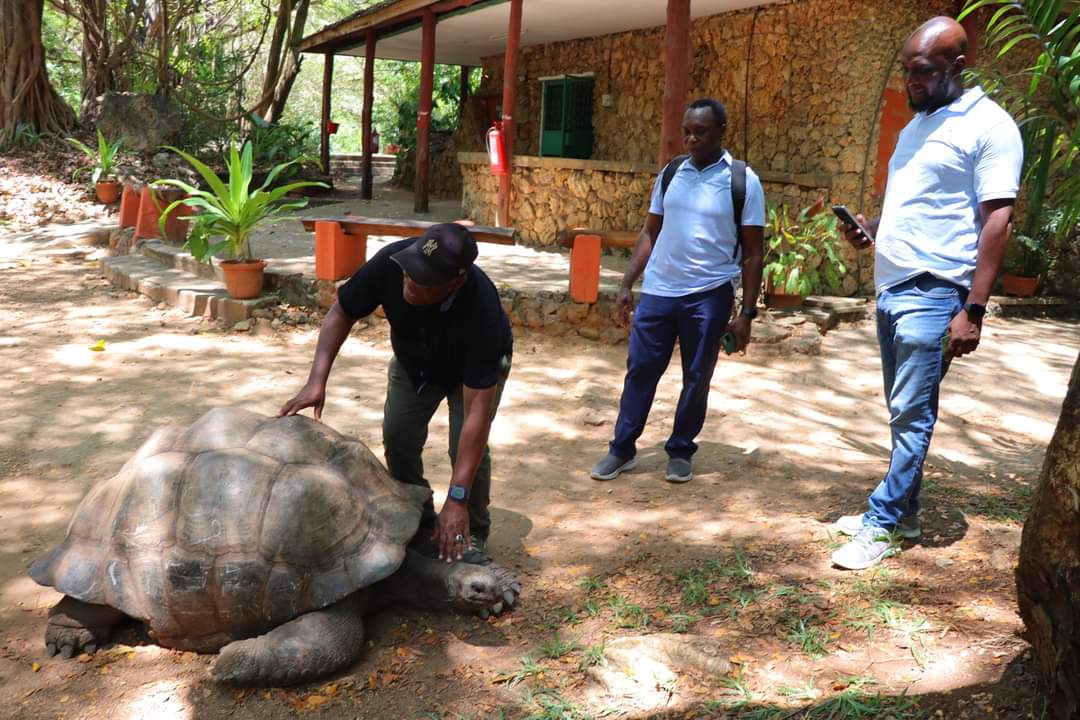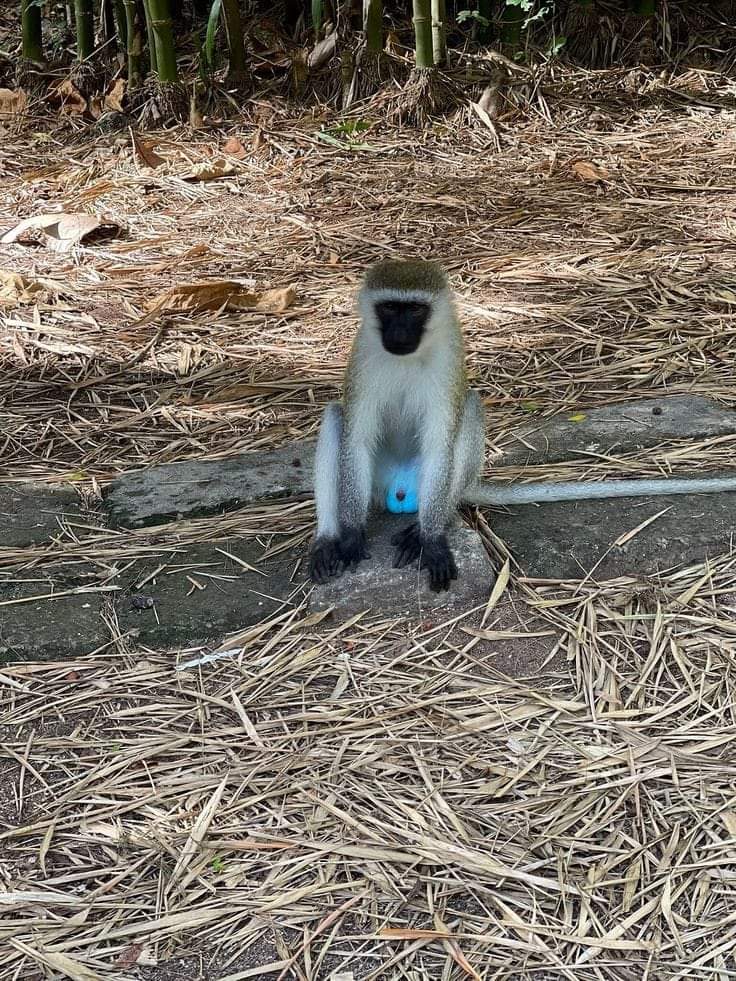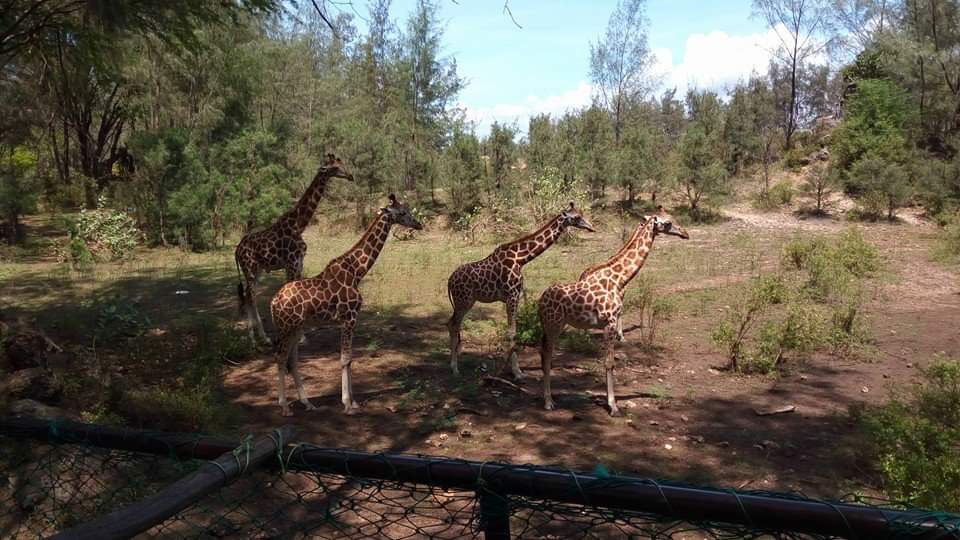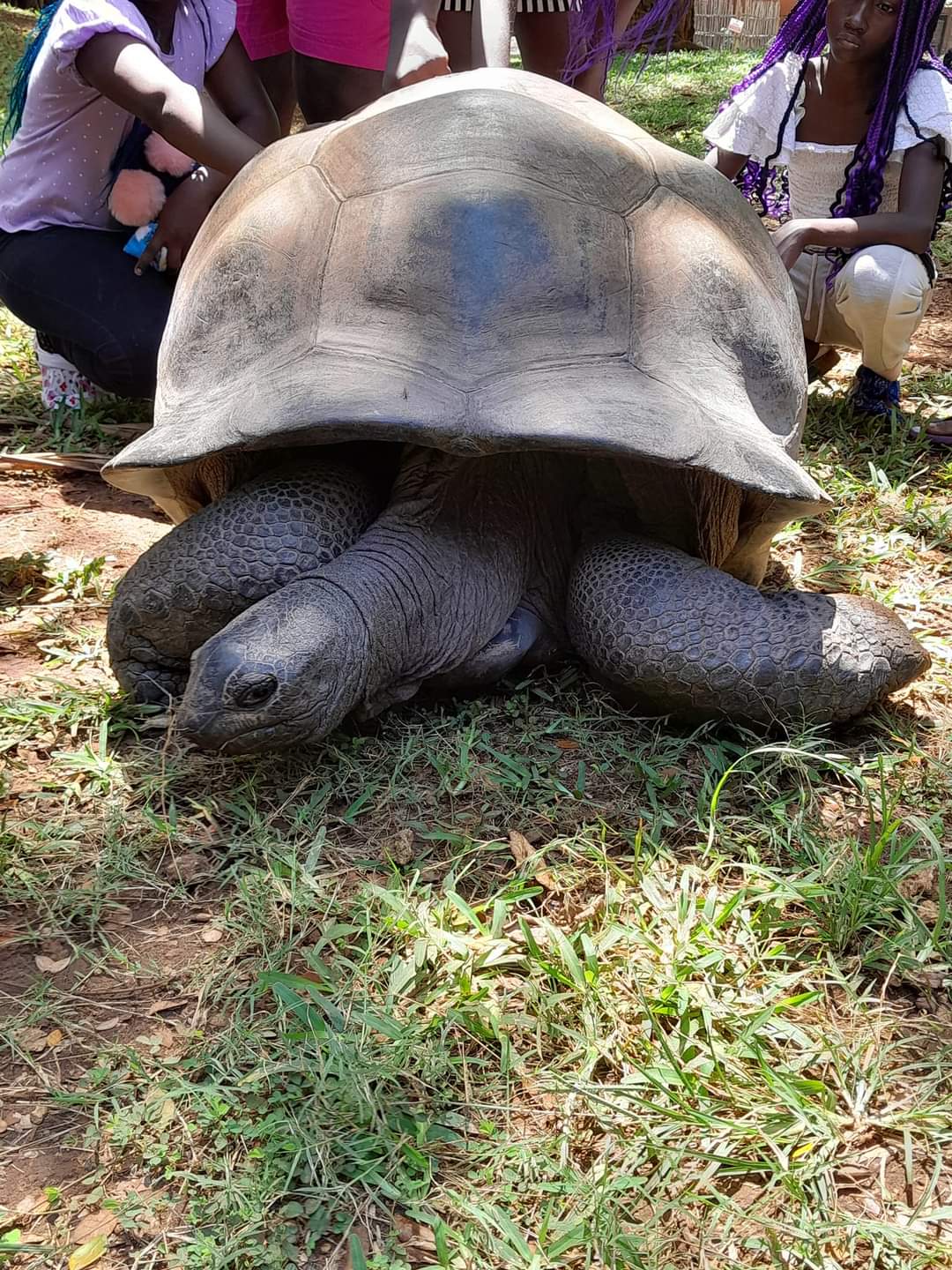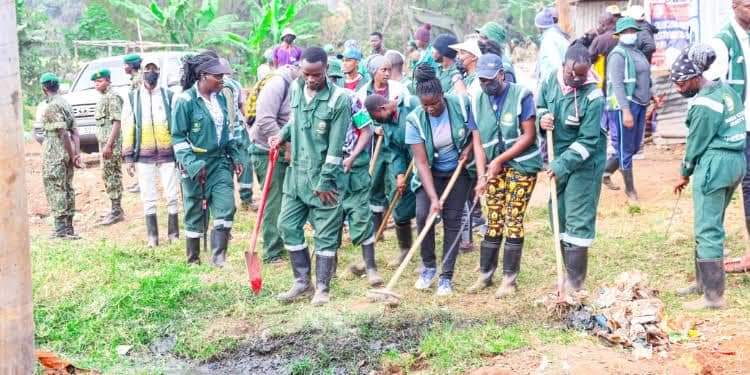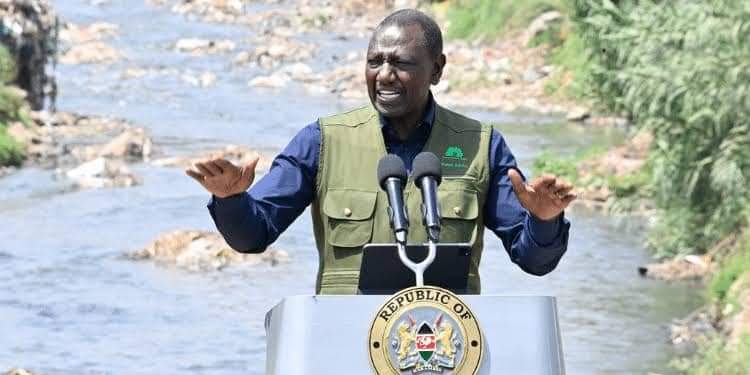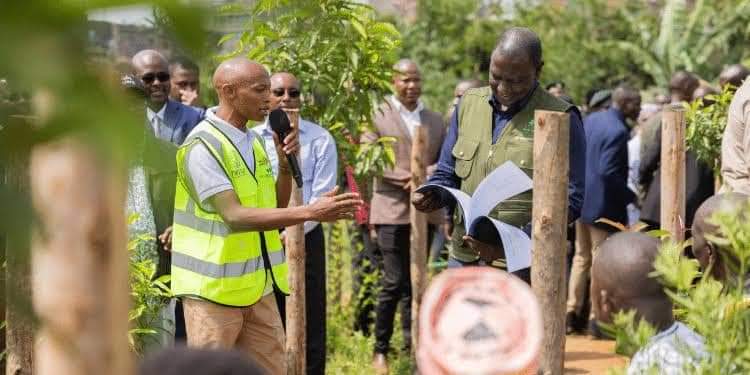In the heart of Kenya’s coast lies a marvel, not crafted by nature but resurrected from industry – a place where the roar of machines has given way to the rustle of leaves and hippos’ low grunts.
Haller Park in Mombasa is no ordinary conservation story; it’s a sanctuary painstakingly coaxed from rock and dust.
Step into this retreat, and you’ll see more than trees and animals – you’ll walk through decades of transformation, resilience, and ecological genius.
Here, beauty didn’t come naturally; it demanded grit, patience, and an unrelenting will to restore life where there was none.
A Barren Quarry turns Green
It’s hard to imagine that in the 1950s, the land beneath Haller Park was anything but green.
As Bamburi Cement Company’s mining stripped the landscape, the area became a barren wasteland. The soil, contaminated by brackish water, seemed hostile to life.
Enter Dr. Rene Haller, an ecologist with a dream to turn this ravaged quarry into a living ecosystem.
Beneath the coastal sun, he scoured the land for signs of life, finding hardiest ferns clinging to the quarry floor – small signs that gave him hope.
Painstakingly Slow Reclamation of Nature
Restoring life to this desert wasn’t as simple as planting trees. The soil was nearly sterile, and the landscape seemed unforgiving.
Dr. Haller introduced microorganisms to enrich the soil, and with time, a few trees began to survive. Between 1971 and 1974, thousands of saplings were planted, but only three species survived the harsh conditions.
Undeterred, Dr. Haller continued experimenting until, gradually, patches of green began to appear.
Haller even introduced red-legged millipedes to break down fallen pine needles and create humus to nourish the young plants. This attracted white-tailed mongooses and civets, which started a natural food chain.
From Hippos to Fish ….
One of Haller Park’s most unexpected champions was Sally, a hippo whose role went beyond spectacle. Hippos play a vital role in pond ecosystems, aerating water and fertilizing it.
Sally, joined by a rescued male named Potty, became a beloved resident, their presence supporting aquatic life, particularly a thriving fish population that would later grace local menus as “Bamburi tilapia.”
Haller’s experimental approach continued with the introduction of other species: crocodiles, elands, and oryx – all contributing to the park’s biodiversity.
Each species was carefully chosen, each with a role to play, until the quarry had blossomed into a self-sustaining ecosystem.
A Living Legacy
Today, Haller Park is more than a restored landscape – it’s a lesson in resilience and a living classroom of conservation.
Here, you’ll find crocodiles sunning by the ponds, tilapia darting through the water, and a rich variety of plant species, from baobabs to resilient palms, standing testament to one man’s dream and a community’s support.
How Much does it cost to visit Haller Park?
Location: Situated on the Mombasa – Malindi Highway, at Bamburi.
Opening Hours: Open Daily from 0900hrs to 1800hrs.
Entry fee:
• Citizens: Ksh500 for adults, Ksh200 for kids.
• Residents: Ksh1400 for adults, Ksh600 for kids.
• Non-Residents: $20 for adults, $15 for kids.
Find Inspiration from Haller Park’s Conservation Story
Visiting Haller Park isn’t just a trip; it’s a chance to witness conservation in action.
If you’re in Mombasa, walk the trails, explore the restaurant, and try dishes that support the park’s ecosystem – Bamburi tilapia, crocodile steak, and more.
Beyond that, take Haller Park’s story as inspiration to make small changes for the environment, wherever you are.
Plant a tree, nurture your green spaces, and be part of the legacy proving that even wastelands can bloom.

